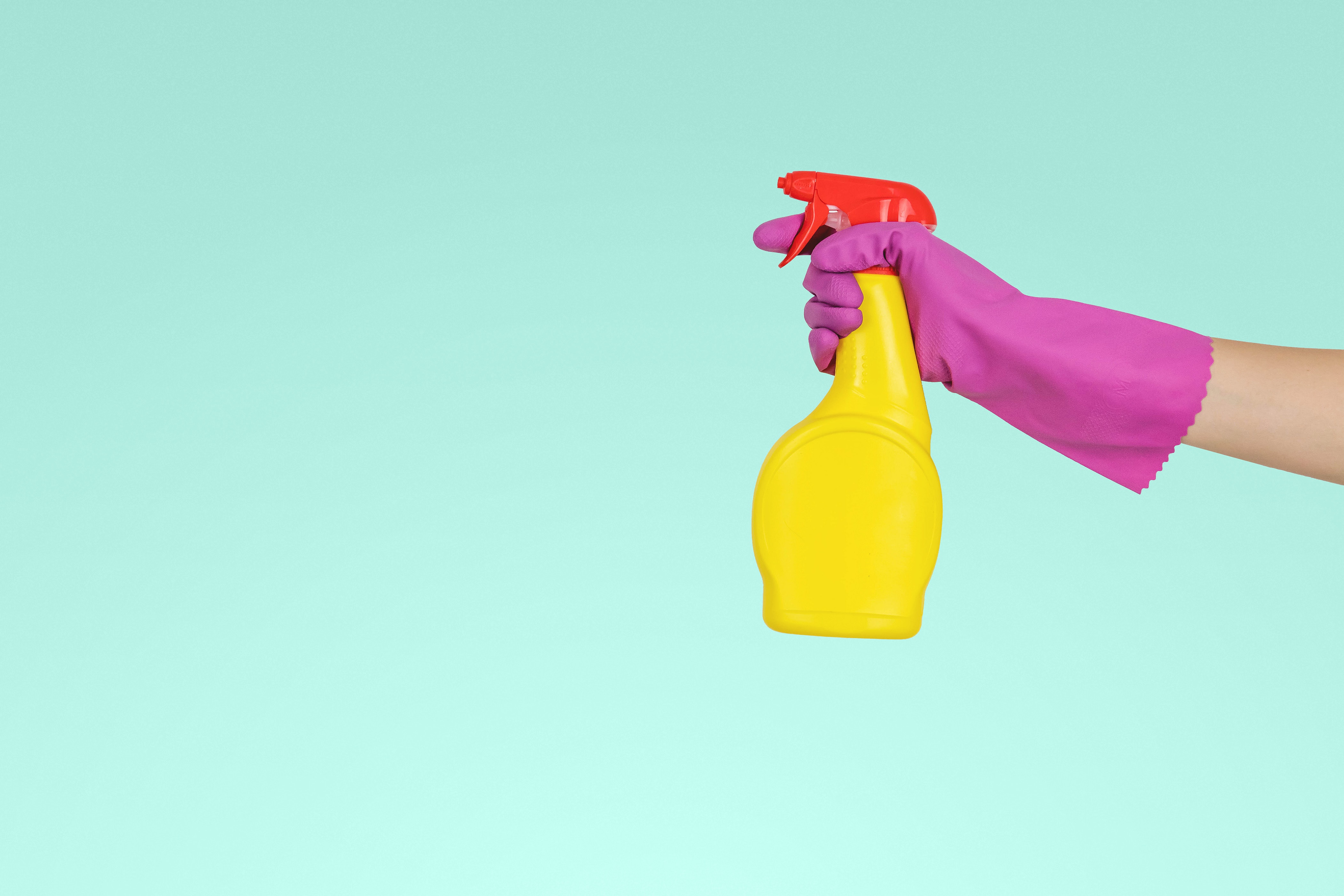Media Release
From: CMAJ (Canadian Medical Association Journal)Please credit CMAJ, not the Canadian Medical Association (CMA). CMAJ is an independent medical journal; views expressed do not necessarily reflect those of its owner, Joule Inc., a CMA company, or CMA.
Early exposure of babies to household cleaning products is associated with the development of childhood asthma and wheeze by age 3 years, according to new research in CMAJ (Canadian Medical Association Journal).
"Most of the evidence linking asthma to the use of cleaning products comes from adults," says Professor Tim Takaro, the study's lead researcher and a clinician–scientist in Simon Fraser University's Faculty of Health Sciences (SFU). "Our study looked at infants, who typically spend 80%–90% of their time indoors and are especially vulnerable to chemical exposures through the lungs and skin due to their higher respiration rates and regular contact with household surfaces."
Researchers looked at data from questionnaires completed by parents of 2022 children in the Canadian Healthy Infant Longitudinal Development (CHILD) Cohort Study who were exposed to cleaning products from birth to age 3–4 months. Participants in the CHILD Cohort Study were recruited from mostly urban centres in 4 provinces: Vancouver, BC; Edmonton, Alberta; Winnipeg, Morden and Winkler, Manitoba; and Toronto, Ontario. The children were then assessed at age 3 years to determine whether they had asthma, recurrent wheeze or atopy (allergic sensitization).
Highlights:
- While there appears to be an association between early exposure to cleaning products and risk of asthma and wheeze, there appears to be no association with atopy.
- The most common cleaning products used were hand dishwashing soap, dishwasher detergent, multisurface cleaners, glass cleaners and laundry soap.
- Scented and sprayed cleaning products were associated with the highest risk of respiratory issues.
- The majority of children were white (65%), had not been exposed to tobacco smoke up to age 3–4 months (76%) and did not have a parental history of asthma (65%).
The researchers hypothesize that chemicals in cleaning products may damage the respiratory lining by triggering inflammatory pathways of the immune system, leading to asthma and wheeze. The modulation of the infant's microbiome may also play a role.
Data were collected between 2008 and 2015.
"These findings add to our understanding of how early life exposures are associated with the development of allergic airway disease, and identify household cleaning behaviours as a potential area for intervention," says Jaclyn Parks, lead author and a graduate student in SFU's Faculty of Health Sciences.
Reading labels on cleaning products and choosing those that are not sprayed or contain volatile organic compounds will help minimize a child's exposure and balance the risk associated with using cleaning products in an effort to achieve a mould-free, low-allergen home.
"[S]tudies that identify avoidable factors to inform asthma prevention efforts are of paramount importance," writes Dr. Elissa Abrams, Department of Pediatrics, Section of Allergy and Clinical Immunology, University of Manitoba, Winnipeg, Manitoba and the University of British Columbia, Vancouver, BC, in a linked commentary. "The linked study points to small preventive changes that could be considered, especially among families of children at risk of asthma."
While the American Lung Association recommends against using cleaning products that contain volatile organic compounds, fragrance and other irritants, manufacturers in Canada and the United States are not required to list all ingredients in cleaning products. Some "green" products may contain harmful substances, as these products are not regulated.
The research team included researchers from Simon Fraser University and the University of British Columbia, Vancouver, BC; McMaster University, Hamilton, Ontario; University of Alberta, Edmonton, Alberta; University of Manitoba, Winnipeg, Manitoba; the University of Toronto and The Hospital for Sick Children (SickKids), Toronto, Ontario.
The Canadian Institutes of Health Research, and the Allergy, Genes and Environment Network of Centres of Excellence funded the study.



Expert Reaction
These comments have been collated by the Science Media Centre to provide a variety of expert perspectives on this issue. Feel free to use these quotes in your stories. Views expressed are the personal opinions of the experts named. They do not represent the views of the SMC or any other organisation unless specifically stated.